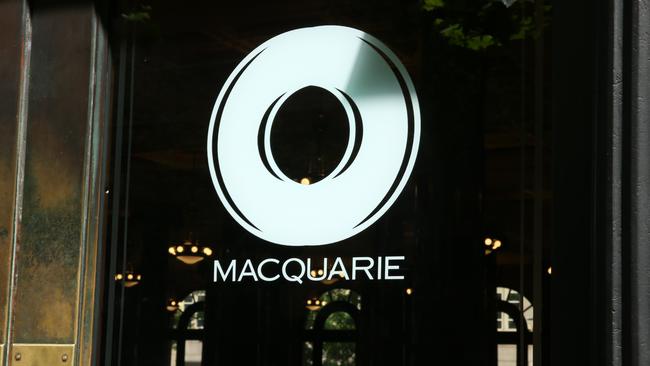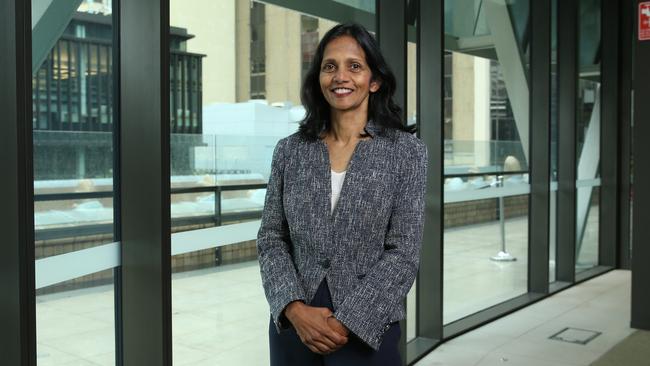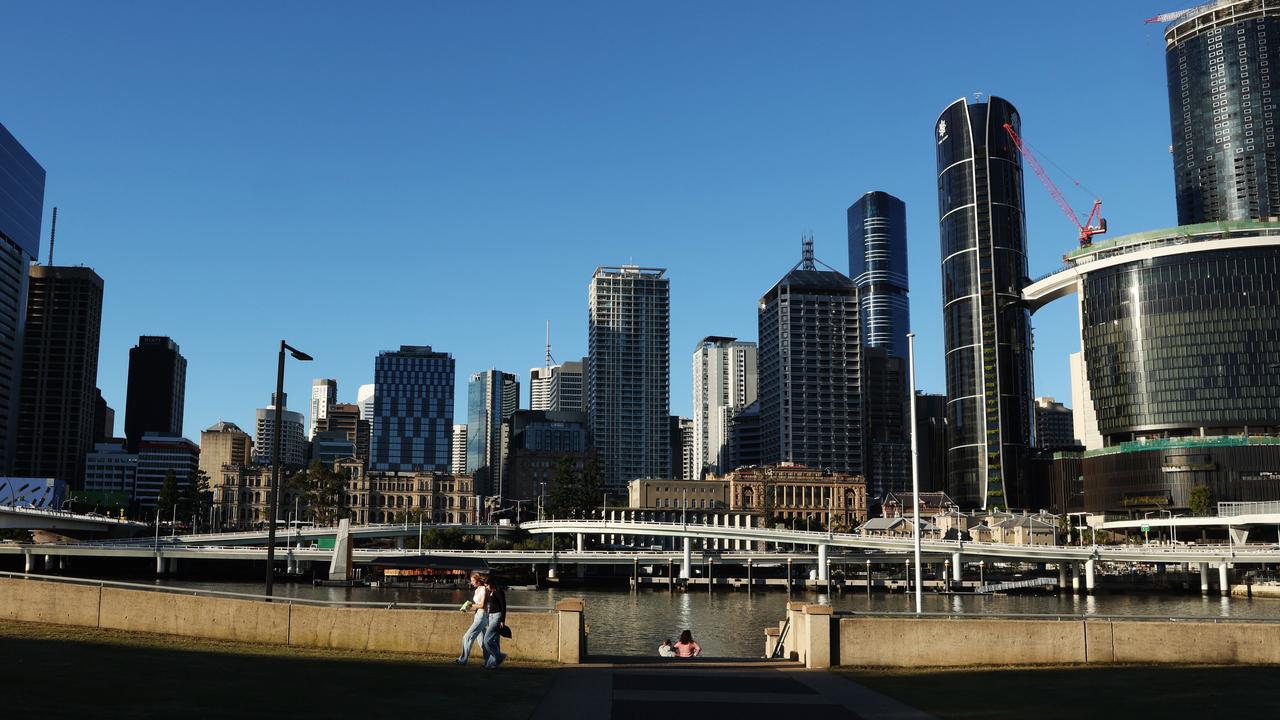Philippines’ deal shows Macquarie model in action
It’s not yet an AirTrunk, but Macquarie is looking to get on the ground floor with another digital infrastructure investment in Asia.

It’s not an AirTrunk just yet, but Macquarie Group is looking to get on the ground floor with another digital infrastructure investment which pushes the Australian investment bank deeper into Asia.
Weeks after Macquarie chief Shemara Wikramanayake took a high-powered investment and business delegation to the Philippines, her investment bank has finally secured the green light for a joint venture which stands to make Macquarie one of the biggest backers of mobile phone towers in the country. But, more than that, it shows the Macquarie model in action.
The move comes as part of Macquarie’s evolution from hard infrastructure in Asia, such as toll roads and airports, as it looks to do more around powering households through digital and energy infrastructure, two areas expected to have decades of growth ahead.

The bet on digital data centre operator Airtunk paid off with a stunning $24bn sale of the pan-Asian business to Blackstone this month.
It followed Macquarie getting into AirTrunk five years ago in a deal which gave the hyperscale data centre player a $3bn valuation at the time.
Three years ago Macquarie took a key stake in the fledgling PhilTower Consortium, which was underfunded but had big plans to build mobile phone towers and data networks across the island-based country.
Since then it has been guiding the investment, including provided the funding for PhilTower’s expansion, including buying out a portfolio of 1300 towers from a local telco operator.
PhilTower is now set to double its size after being merged into Miescor, a communications tower operator, critically giving the new entity coverage in the country’s north and south. While the ownership stake hasn’t been disclosed, Macquarie will emerge with the biggest share of the new entity which becomes the biggest operator of mobile towers outside a telco.
After being foreshadowed earlier this year, the merger has now secured critical approvals from Philippines regulators including competition authorities.
The scale of the footprint means PhilTower can sell more services to telco operators across the country. The new towers business too can start getting scale benefits as it expands further.
It comes after Macquarie’s Wikramanayake was named as the Albanese Government’s Business Champion for the Philippines at the ASEAN-Australia Summit. This month she led a delegation of super funds and business leaders to the Philippines.
More than towers
However, the transaction ticks all the boxes for Macquarie.
The investment bank advised on the complex deal which streamlined and corralled the two tower businesses and their backers into a more focused entity.
Importantly, one of Miescor’s key shareholders, coming across with the merged entity, is Manila Electric, the power major which stands to open plenty of investment doors for Macquarie in energy.
Miescor’s other key backer includes Stonepeak, the New York-based infrastructure fund founded by two Australian bankers. Stonepeak caught attention when it swooped on a majority stake in Victoria’s Geelong Port with a local super fund.

On Friday Wikramanayake told an Infrastructure Australia conference digital infrastructure was an increasing theme for the investment bank alongside the energy transition.
She pointed out infrastructure isn’t just the idea of “hard assets”, rather its anything which had a moat around it — meaning an area difficult for rival operators to break into and where cashflows are largely protected.
“In the early days, obviously we all started investing in things like transport, went into ports, went to the airports, utilities, water, gas, electricity, et cetera. Then more social infrastructure, hospital, schools. There’s a need for that,” she said.
“What’s happening more recently is digital infrastructure and data centres are a big example there, which we might talk about more, but other things, fibre optic networks, towers, assets, and then the energy transition is needing huge investment, not just in renewable projects and grid around that, but it’s impacting not just energy but transport … Those are places of opportunity for investment,” she told the conference.
She said Macquarie had been happy to be part of AirTrunk, helping it expand from Melbourne and Sydney into securing a major footprint across Asia.
johnstone@theaustralian.com.au
More Coverage
Originally published as Philippines’ deal shows Macquarie model in action





